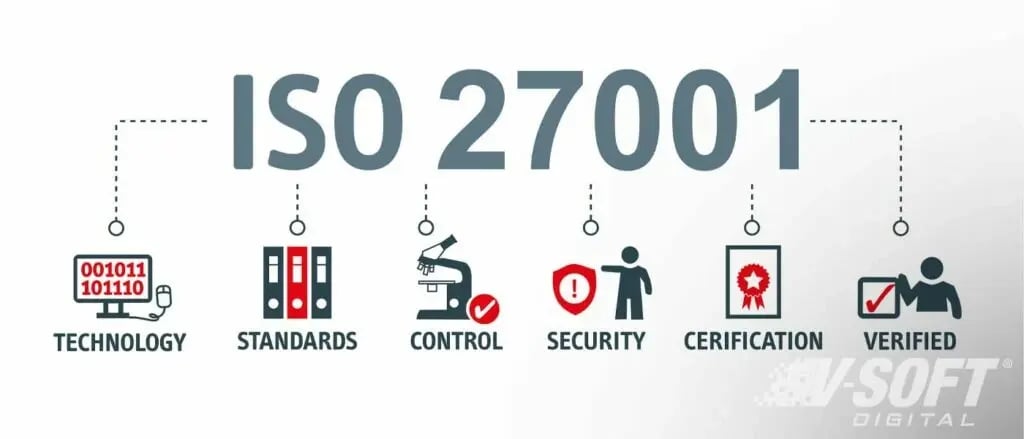In recent years digital transformation has been increasingly adopted by businesses. The pandemic and social distancing norms further accelerated digital transformation. However, adding new technologies can increase vulnerability to cybersecurity threats which have been getting more sophisticated with time. The pandemic and changing geopolitical scenarios have shown a major spike in the number of cyberattacks being carried out on businesses, governments, and even private individuals. Technological advancement has acted as a double-edged sword, providing immense benefits but also empowering hackers and malicious actors to carry out more sophisticated attacks.
Businesses that are not prepared to meet this ever-present threat face the risk of monetary and reputational loss as well as disruption in business continuity. Businesses must not only ensure that their cybersecurity posture is sound but also ensure the partners they work with take cybersecurity seriously. If an organization has security certifications such as SOC 2 and ISO 27001, rest assured the organization has a robust cybersecurity posture and can be trusted with data and access.
What is SOC 2?
Launched in 2013 by American Institute of Certified Public Accountants (AICPA), SOC 2 (Service and Organization Controls) is a security certification meant primarily for companies that deal with and store customer and company data on the cloud. That means SOC 2 compliance is expected from every SaaS (Software as a Service) platform as well as companies that work with the platforms and use the cloud for storing data. Although it is seen as a technical audit to ensure SOC 2 compliance requirements are met, the strict information security policies and procedures ensure that an extra layer of security is present to deal with cybersecurity threats that come with cloud computing.
Here are a few key security practices businesses must follow for SOC 2 compliance.
Monitoring
SOC 2 compliance requires established processes and practices to monitor system activities including user level access and authorized and unauthorized system configuration changes. The monitoring mechanism should be able to detect not just known malicious activity but also new ones which can help prevent cyber attackers from successfully carrying out attacks using new attack methods. A robust and continuous security monitoring mechanism can ensure that cybersecurity risks are proactively handled.
Alerts
When the monitoring process detects unauthorized access to customer data, or any other security incident takes place, it is important that alerting procedures are in place so that remediation can be carried out. Since false alarms can be counterproductive, SOC 2 necessitates alerts for unauthorized activities related to file transfer, exposure or modification of data, controls, or configurations and privileged filesystem, account, or login access.
Audit Trail
To respond to an active security incident, an audit trail can be key to understanding the root cause and determining the best way to remediate it. It can provide the deep contextual insight necessary to carry out a proper security operation. They can also provide insights into what key components have been modified, added or removed, identifying the source and impact of the attack.
What is ISO 27001?

While SOC 2 focuses on ensuring security controls for protection of customer data, ISO 27001 is an international standard for information security management systems (ISMS). ISMS ensures that security controls are not disorganized and fragmented and there is a unified responsibility for risk-management as opposed to different departments managing security independently. ISO 27001-compliant ISMS considers the organization’s risk appetite and helps identify and how to treat security threats accordingly through a systematic approach which includes technology, processes and people.
ISO 27001 certification focuses on a few main points.
Ensuring Security
Auditing ensures that the necessary security tools and mechanisms are in place to mitigate external and internal threats that could lead to data breaches or unauthorized access. Security policy documents help people in the organization understand security better and avoid mistakes that lead to compromised security.
Regulatory Compliance
Many regulatory bodies have stringent data protection rules in place and failing to comply to these can invite hefty penalties. While the US has several data protection laws, Europe’s General Data Protection Regulation (GDPR) is often seen as the benchmark for regulatory compliance when it comes to protecting customer data. Following ISO 27001 standard and guidelines ensures compliance with the requirement of most data protection laws.
V-Soft Digital is both SOC 2 and ISO 27001 certified which means businesses partnering with V-Soft Digital can be assured that their data is being handled in a secure environment and by professionals who are aware of security best practices and adhere to international standards on data security. At V-Soft Digital, we treat your data and your customers’ data with due diligence and ensure they are not at risk.
















